One Student’s Be The Match Story
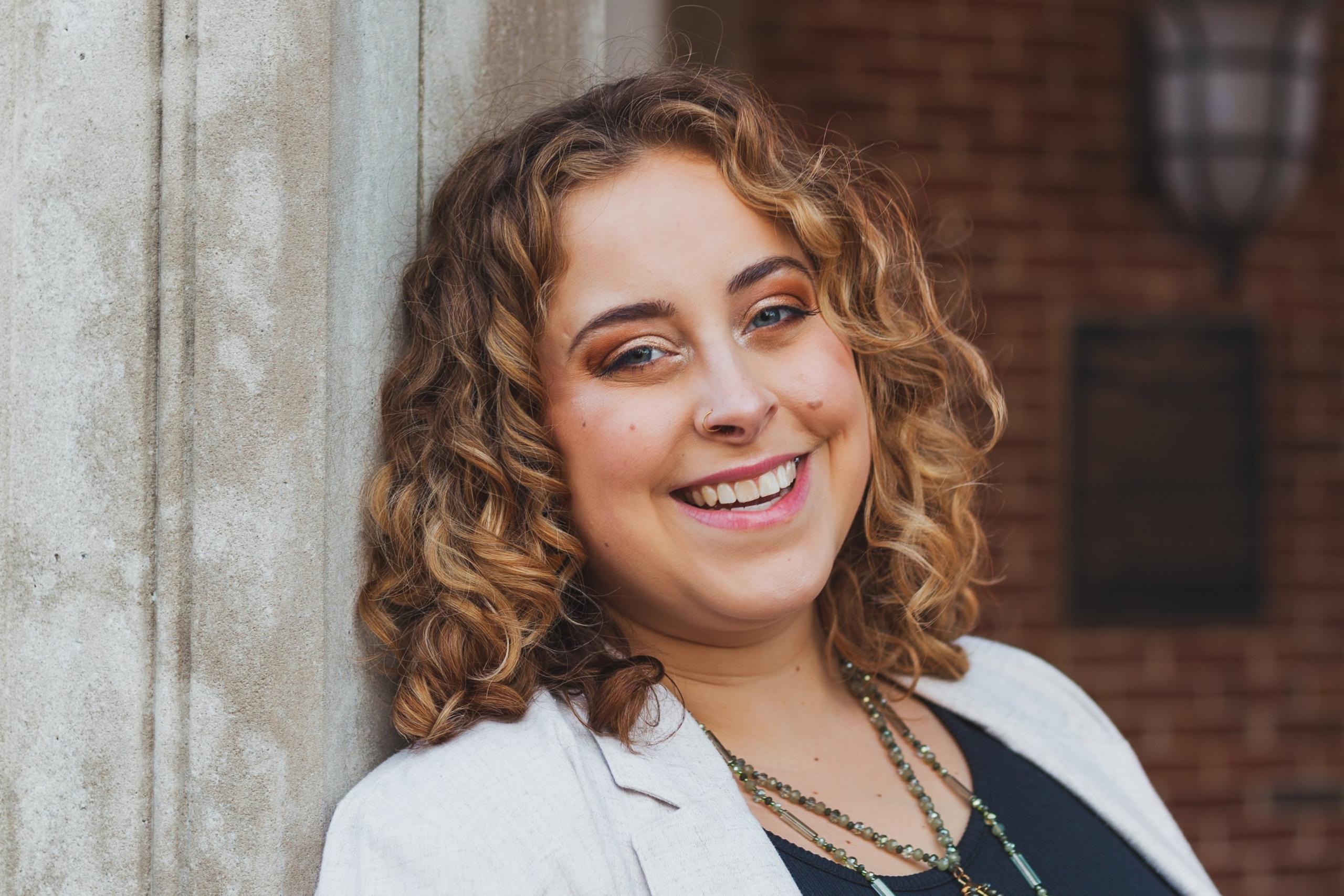
Viktoria Solfronk, a senior health sciences major at Birmingham-Southern, joined the Be The Match blood marrow donation registry through an Instagram ad in 2018 – an on-a-whim decision she did not think too much about, knowing that only 1 in 320 people are contacted for a donation. But last fall, Solfronk was a match and donated her marrow, which saved the life of an anonymous recipient.
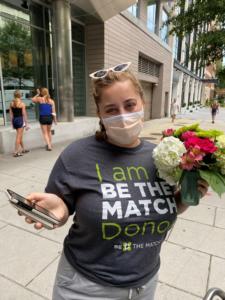 “Most people think that a family member would be an easy way to get a donor,” she says, “but only 25 percent of patients have a family member who is a close enough genetic match to donate.”
“Most people think that a family member would be an easy way to get a donor,” she says, “but only 25 percent of patients have a family member who is a close enough genetic match to donate.”
After receiving a call in June 2021 that she was a potential match, Solfronk had her bone marrow surgery in August, donating 1.2-1.5 liters of blood from the back of her pelvic bone. She decided to document her journey on her Instagram account so she could inform more people about the process.
“I thought that if I put out the information that I knew and my feelings in real time, I could encourage new young people to join,” Solfronk says. “On Instagram, I gave some background about Be The Match and then documented my doctor’s appointments, flights, time touring the city, surgery date, and how I was feeling after surgery.”
Operated by the National Marrow Donor Program, Be The Match manages the most diverse marrow registry in the world in order to support transplants for patients with life-threatening blood diseases. The organization covered the costs of Solfronk’s travel to the selected city and hospital and provided food stipends during the trip. While some donations do have a non-surgical option, her surgery was the more intensive option. Solfronk spent one night in the hospital and had soreness in her back but felt normal after a few weeks.
The donation process was completely anonymous – Solfronk only knew the recipient’s age, gender, and disease or health concern associated with the donation. The recipient could be anywhere from the United States.
“So many people I talked to were surprised that I was willing to do this, to go through lab testing, flights and surgery all for a stranger,” she says. “But being a donor has really highlighted how connected we all are with each other. The person I donated to had a disease that would kill them if they did not have a donor, but with my donation they are almost certainly cured for life.”
Solfronk encourages others to join the Be The Match registry, an easy process that requires basic medical information and completing a swab kit. It could be years before a registered individual is contacted about a match, but the larger the registry, the better the matches are for people in need of a donation.
“There are so many disparities within the donor-recipient populations,” Solfronk says. “You have to have certain matching genetic markers, and sometimes minority recipients have to wait for longer periods of time to get a donor because there are not as many donors of color within the system.”
She admits the process can seem scary, but Solfronk says donating is one of the most rewarding things she has done and will ever do.
“Being a part of a group of people who decided to put themselves out there to help others that they do not know has been so rewarding,” she says. “During COVID, it sometimes feels like we are all trying to protect ourselves and our families, but the people at Be The Match and the donors all work to protect others around them.”
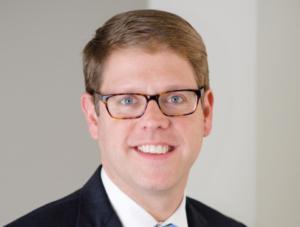
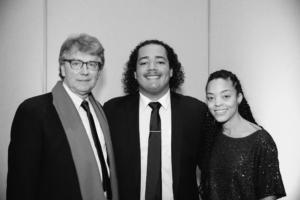
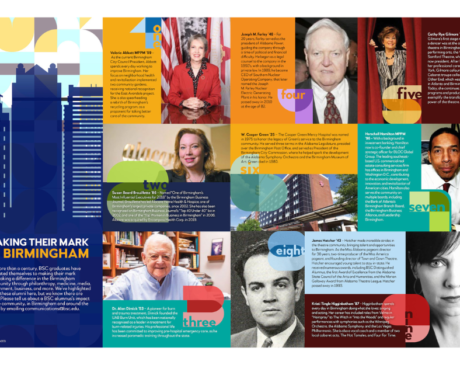
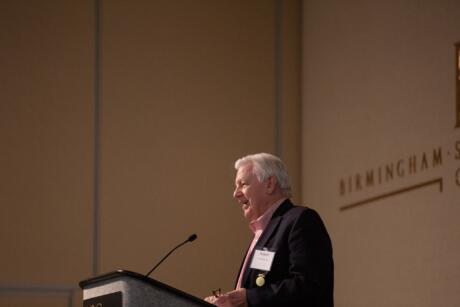
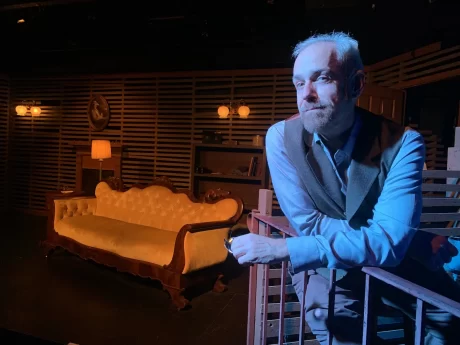
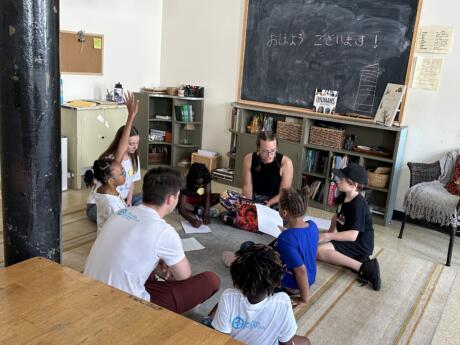
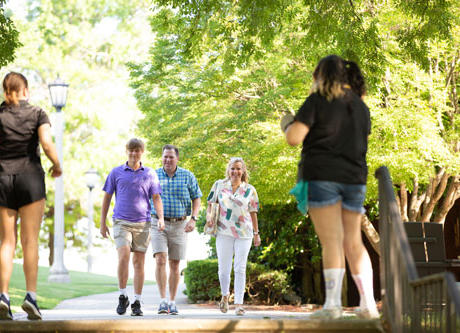
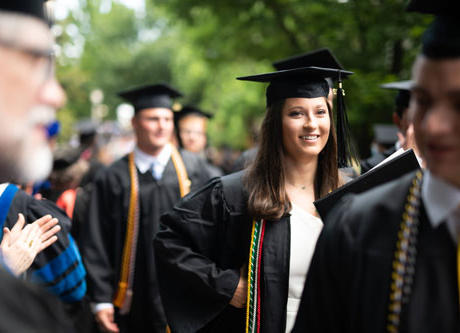
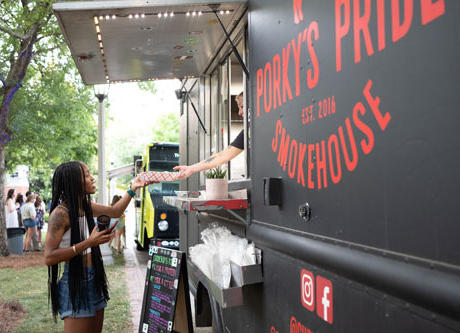
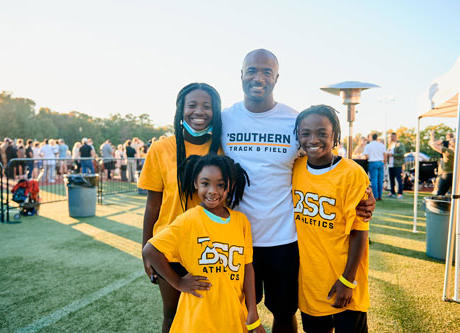
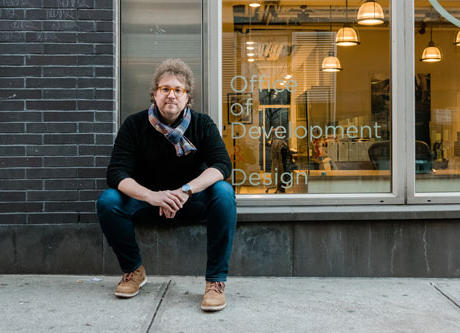
// Comments are closed //